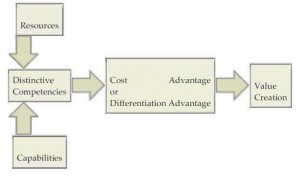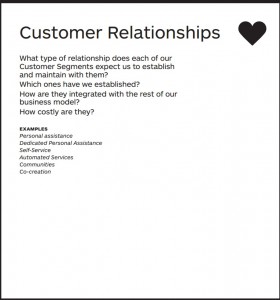” If the United Nations was fully funded why would we need the Arc or social enterprise”?
Before addressing this statement, I’d first like to point out United Nations’ goals in comparison to Arc. United Nations current goals, known as the Millennium Development Goals, are a list of eight international development goals . These goals include:
- To eradicate extreme poverty and hunger
- To achieve universal primary education
- To promote gender equality and empower women
- To reduce child mortality
- To improve maternal health
- To combat HIV/AIDS, malaria, and other diseases
- To ensure environmental sustainability
- To develop a global partnership for development
Whereas, the Arc initiative goal is to “foster ‘bridge building’ with organizations and entities that create a sharing of ideas and knowledge between communities”. This initiative is promoted by unique partnerships with business leaders, faculty members, and young professionals and students, looking to empower other individuals. positively impacting them for the purpose of personal and organizational growth. The powerful impact ultimately becomes a ripple effect, spreading good from one to another, for the betterment of the society.
Unlike United Nations, the Arc initiative promotes positive individualism- for it is a “two-way flow of learning and sharing” of ideas and passion, converging to the goal of developing sustainable business management and leadership capacity. Therefore, creating a ripple effect for individuals to positively impact their local communities, becoming great social entrepreneurs.
“United Nations Millennium Development Goals.” UN News Center. UN, n.d. Web. 11 Nov. 2014. <http://www.un.org/millenniumgoals/>.








 Organizational culture is important for both employees of a company and the company’s clients. It is clear that a well structured (effective) organizational culture is a direct function for better performance for customer satisfaction, whether it’d be socially or financially. William Craig, the president and founder of WebpageFX, an online marketing company that offers social media management and online services for businesses, define company culture and its flaws in his
Organizational culture is important for both employees of a company and the company’s clients. It is clear that a well structured (effective) organizational culture is a direct function for better performance for customer satisfaction, whether it’d be socially or financially. William Craig, the president and founder of WebpageFX, an online marketing company that offers social media management and online services for businesses, define company culture and its flaws in his